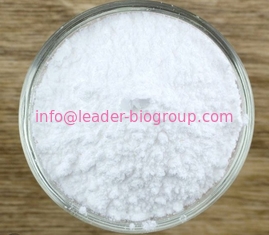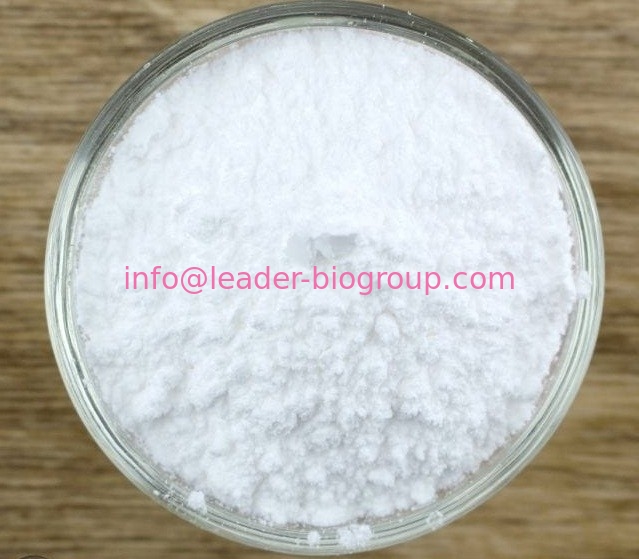| |
| 3-Morpholinopropanesulfonic acid Chemical Properties |
| Melting point |
277-282 °C |
| density |
1.3168 (rough estimate) |
| refractive index |
1.6370 (estimate) |
| Fp |
116 °C |
| storage temp. |
Store at RT. |
| solubility |
H2O: 1 M at 20 °C, clear |
| form |
Powder/Solid |
| color |
White |
| Odor |
Odorless |
| PH |
2.5-4.0 (25℃, 1M in H2O) |
| PH Range |
6.5 - 7.9 |
| pka |
7.2(at 25℃) |
| Water Solubility |
1000 g/L (20 ºC) |
| λmax |
λ: 260 nm Amax: 0.020
λ: 280 nm Amax: 0.015 |
| Merck |
14,6265 |
| BRN |
1106776 |
| Stability: |
Stable. Incompatible with strong bases, strong oxidizing agents. |
| InChIKey |
DVLFYONBTKHTER-UHFFFAOYSA-N |
| CAS DataBase Reference |
1132-61-2(CAS DataBase Reference) |
| EPA Substance Registry System |
4-Morpholinepropanesulfonic acid (1132-61-2) |
| Hazard Codes |
Xi |
| Risk Statements |
36/37/38 |
| Safety Statements |
26-36 |
| WGK Germany |
1 |
| RTECS |
QE9104530 |
| TSCA |
Yes |
| HS Code |
29349990 |
| |
| 3-Morpholinopropanesulfonic acid Usage And Synthesis |
| Description |
3-morpholinopropanesulfonic acid is a buffer introduced by Good et al. in the 1960s. It is used as a synthetic buffering agent below pH 7.5. |
| Reference |
P. H. Quail, D. Marme, E. Schäfer, Particle-bound phytochrome from maize and pumpkin, Nature New Biology, 1973, vol. 245, pp. 189-191 |
| Chemical Properties |
White/clear crystalline powder |
| Uses |
Biological buffer. |
| |
| 3-Morpholinopropanesulfonic acid Preparation Products And Raw materials |
|
|

